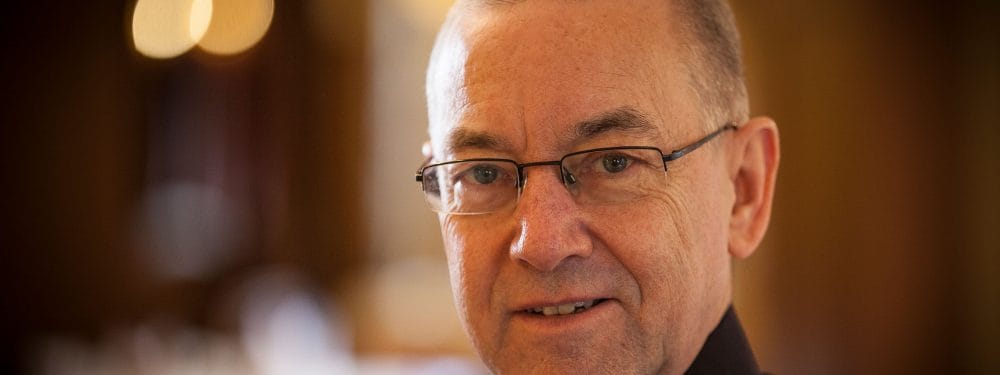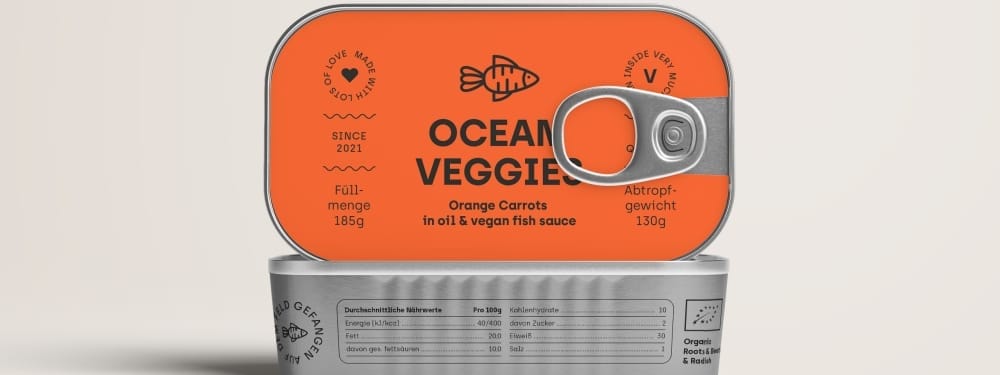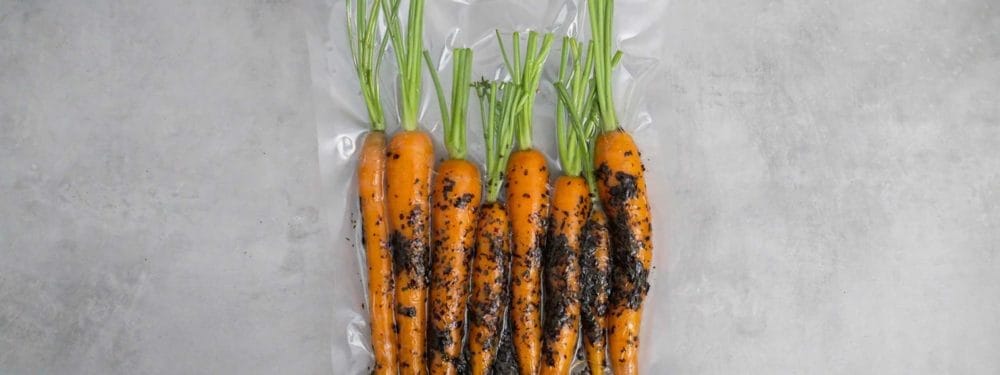How tropical fruits could come from Europe sustainably – also due to climate change.
What many did not know: It’s tropical in the north of Bavaria. So much so that mango, passion fruit and dragon fruit grow there. Sounds like Little Eden.
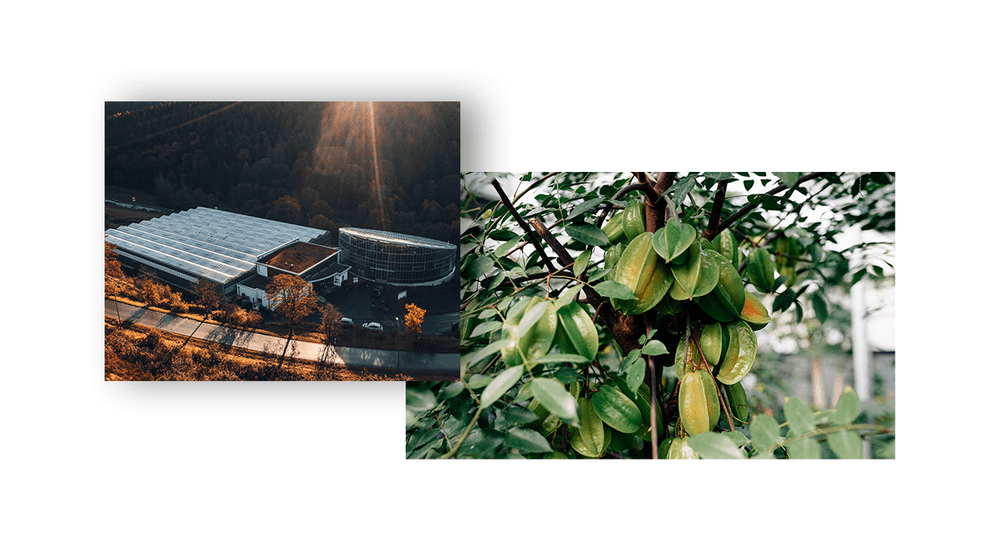
Melanie Hohner from Tropenhaus am Rennsteig, which lies on the border between Bavaria and Thuringia, talked to Can from the Food Lab about sabotes and other tropical fruits that will no longer have to come from overseas to the supermarket in future.
Can: The Tropenhaus is celebrating its 10th anniversary this year, congratulations! What has changed the most for you in that time?
Melanie: I think the main difference is that originally everything was produced in soil culture and now we mainly work in pot culture. That was simply a learning process, as we tried to copy what happens with tropical fruits in the countries of origin. And then we had to adapt the whole system so that it would really work in Northern Europe.
And how exactly does it work that a whole tree grows in a pot like this?
An average pot has a substrate volume of 90 liters. That’s not a lot, but because we can add nutrients, water and fertilizer in a concentrated form, it’s enough.
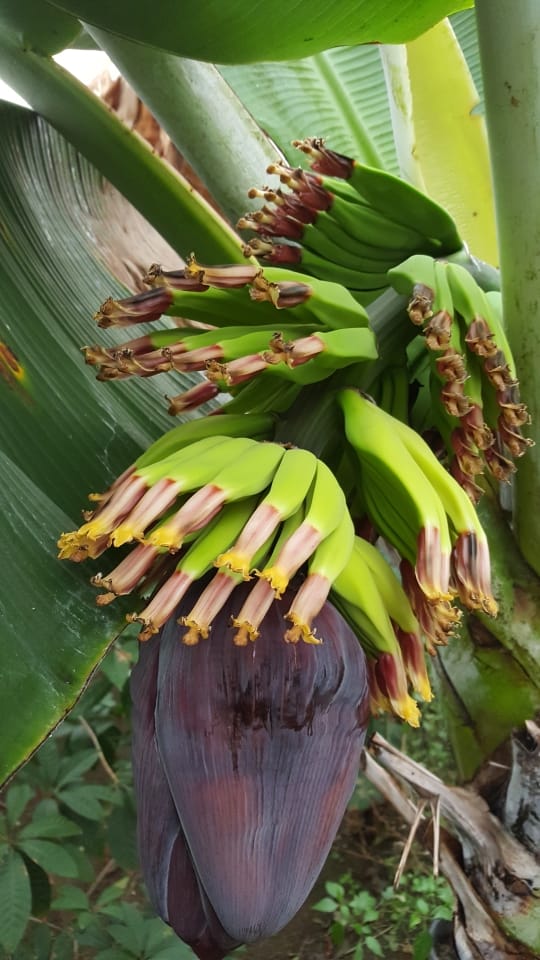
And which plants do you grow?
Passion fruit, dragon fruit, we have guavas, mangoes and also 2 jackfruit. We also had sabotes, but we eliminated them.
Sabotage?
Yes, this is chocolate pudding fruit. It actually tastes similar. A lot of things were planted and tried, only to then work through the principle of exclusion to work out what makes sense at all. With many things, you could say from the outset that it would never make economic sense. We can never produce bananas for €1.50 a kilo or pineapples or anything like that because the competitive pressure is simply too great. So we concentrated on flying fruit. And that’s where we came across papayas and star fruit.
You mention profitability. If I read the website correctly, the tropical house started as a research project. Do you have to work differently now?
So the Tropenhaus itself is a non-profit institution for the purpose of research into sustainability, and it has been financed with subsidies and we are earmarked for 25 years. This means that the Tropenhaus itself cannot operate commercially as such, but it was already planned that the findings from the work would be marketed.
It is our job to shake people up.
And who is your cooperation partner?
Currently, our main cooperation partner is the Weihenstephan University of Applied Sciences in Triesdorf, or rather the Institute of Horticulture there.
In a documentary that was filmed about you a few years ago, you once said that you wished there were imitators. Did that wish come true?
We ourselves are imitators of a Swiss project. But yes, there is a biogas plant in southern Germany near Bad Aibling.
You are using waste heat from an industrial company. And that’s not the only one in Germany, they all produce heat. Is there some kind of blueprint to systematize this? From a layman’s point of view, that would make total sense in terms of sustainability.
That’s exactly my job, to develop this concept. I’ve been at the Tropenhaus for six months now and have to see what it looks like from a technical point of view and what the costs are, because in the end it stands or falls on profitability.
But location factors are also part of the concept that imitators have to consider. We get more snow here than in Essen, for example. So there you could work with underfloor heating from the outset and not build the heating system under the roof to melt snow as we do.
Let’s take a look into the future. What should change in the cultivation of food and tropical fruits in particular in Germany over the next 15 years?
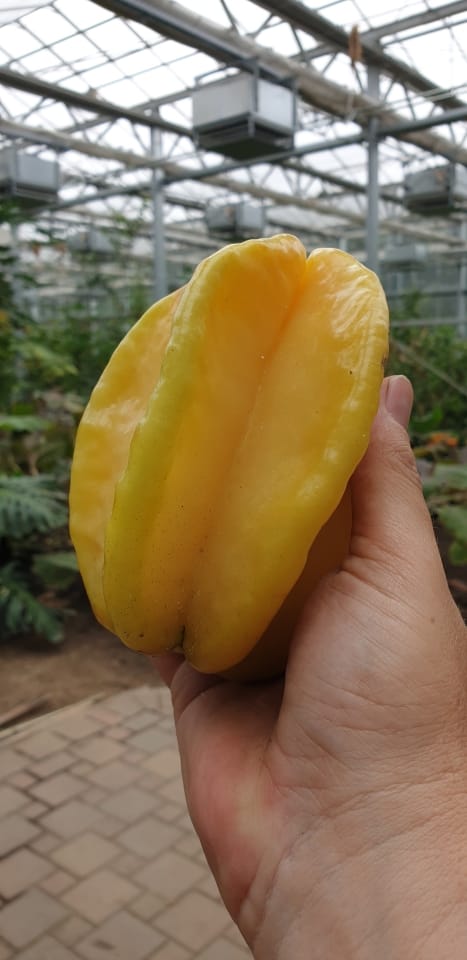
The cultivation of tropical fruit in northern Europe is definitely consumer-driven. However, many consumers are not even aware of how energy-damaging the fruit in the supermarket is, and that is also a bit of our job, to wake people up. Our next project is the water footprint analysis for cherry tomatoes. Most people simply don’t want to know that vegetable producers around the Mediterranean are competing with drinking water for the population. But consumers want to buy a kilo of tomatoes for €2 in the supermarket.
Figs, kiwis and pomegranates are already growing in northern Europe.
But do you see it as realistic that in 10 years’ time a significant proportion of the tropical fruit we can buy in the supermarket will come from Germany or at least Europe?
Not so much from Germany, but possibly from Europe, or southern Europe to be precise. Plants not only need heat, water and nutrients to grow and thrive, but also light, and in our winter months, light is simply not available in sufficient quantity and quality. Artificial lighting is technically feasible, but how sustainable it is is another matter.
Is it different with vegetables? Is there anything that we are currently not getting from Germany, but will be in the future?
One of these is the sweet potato. Traditionally, they are mainly produced in America, but they are increasingly being produced in Europe. And also further and further north, because the growing conditions are optimized – also due to climate change. And this will also affect other products. Figs, kiwis and pomegranates are already growing in northern Europe. Everything is moving further north.
We drive past Klein Eden on our next trip east and thank you for the interview.
